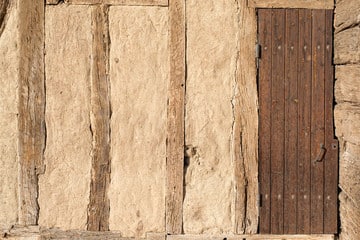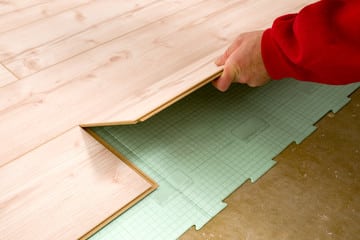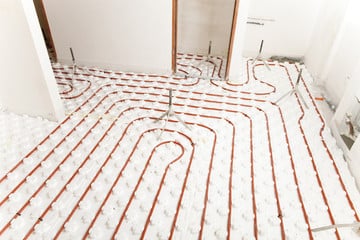Installing an interior staircase in a home requires taking into account several factors such as design, functionality and compliance with current regulations. In this article, we will look at the different trends and safety measures for interior stairs to guide you in your choices
Current trends in interior stairs
Suspended and floating stairs
Suspended and floating staircases are characterized by steps attached directly to the wall without visible risers or racks which gives them the impression of levitating in space. The simplicity of design and minimalist aesthetic have made these models very popular with those looking to bring a modern touch to their interior.
Helical and spiral staircases
These types of stairs respond to a desire to save space while maintaining an aesthetic appearance. Helical staircases feature spiral steps around a central axis while spiral staircases instead have radiating steps around a central void. Made of wood, metal or a combination of both, these staircases easily adapt to different architectural styles thanks to their organic shapes.
Innovative and sustainable materials
For environmental and health concerns, staircase manufacturers have adopted materials that are more environmentally friendly and less harmful to health. Among these are FSC certified wood, recycled metal and safety glass. Eco-friendly treatments, such as VOC-free or water-based varnishes, are also favored.
Safety and regulatory standards
Guardrails and balustrades
The safety of individuals using stairs is a priority. Guardrails and balustrades provide this protection by preventing falls from the sides of the staircase. To comply with standards, these devices must have a minimum height of 90 cm and include anti-intrusion elements (bars for example) in order to prevent a child from being able to pass through. The equipment must also resist the vertical and horizontal loads prescribed by regulations.
Regulations on dimensions and proportions
Compliance with standards regarding the dimensions and proportions of stairs guarantees their functionality and prevents the risks associated with their use. These regulations relate in particular to the minimum width of the steps, the maximum height between two levels, the tread (horizontal part where the foot rests), the height and profile of the risers. The standards vary according to the specific needs of each housing category and access for disabled people.
Lighting
Adequate lighting is essential to ensure safety on stairs. The standards recommend uniform lighting, without shadow areas or glare, allowing steps and obstacles to be distinguished precisely. Innovative solutions such as LEDs integrated into the stair nosings, light strips or low wall lights offer interesting alternatives to traditional lighting.
Tips for choosing the right interior staircase
To help you select a staircase suited to your needs and your environment, here are some tips:
- Define your criteria: budget, available space, desired style, preferred materials, etc.
- Consult catalogs and specialized websites to find the models that inspire you.
- Call on a qualified professional to assess the technical and financial feasibility of your project.
- Choose manufacturers recognized for their quality of workmanship to ensure the longevity of your installation.
- Check that your choices meet the functionality and safety requirements prescribed by current regulations.







